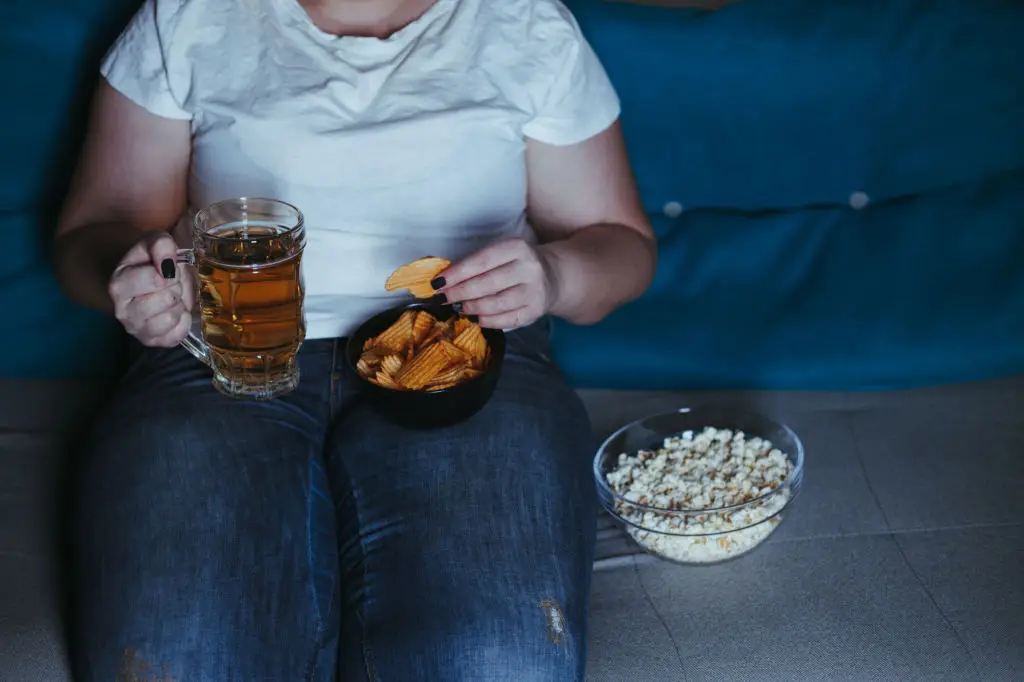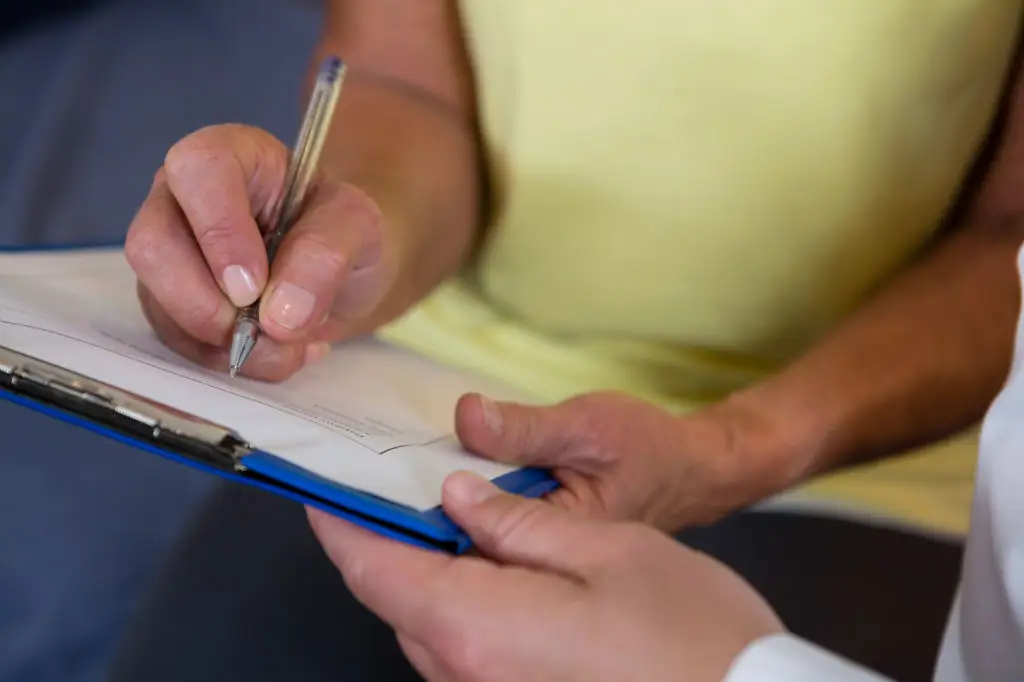12 Ways the Loneliness Hormone Fuels Inflammation and Disease
11. Behavioral mediators: habits that compound inflammation

Some of loneliness's worst effects are not purely biological; they run through everyday habits. People who feel disconnected are more likely to smoke, drink in excess, eat comfort foods high in sugar and saturated fat, and move less. Those behaviors directly raise inflammation and interact with hormonal changes to worsen metabolic and cardiovascular health. On the positive side, behavioral pathways are highly modifiable. Interventions that combine social contact with healthy activities — a walking group, a cooking class, or buddy systems for medication or exercise adherence — tackle both the social need and the habit change at once. Because these solutions are practical and community-based, they fit a wide range of abilities and schedules. The key is to choose enjoyable, social behaviors that are realistic, so they're more likely to stick and produce lasting reductions in inflammation and disease risk.
12. Protective steps: realistic approaches to lower inflammation

Loneliness has measurable biological consequences, but it's also one of the more treatable risk factors when addressed with a realistic plan. National health authorities recommend a mix of social, behavioral, and clinical strategies. Social interventions include community programs, volunteer opportunities, and structured group activities that create repeated, meaningful contact. Behavioral approaches — improving sleep, moving regularly, and prioritizing nutritious shared meals — reduce inflammation and make social engagement easier. Clinical options include therapies that target loneliness-specific skills and, when appropriate, treatments for depression or anxiety. Technology can help bridge distance, but the focus should be on high-quality interactions rather than passive connection. For older adults or people with mobility limits, coordinated community services and "social prescribing" from health professionals can link individuals to local resources. The most effective plans combine small, sustainable practices with supportive systems so connection becomes a normalized part of daily life rather than a sporadic effort.
